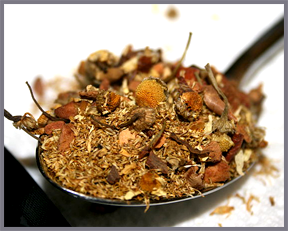 With tea providing us a huge number of diverse health benefits, there are still those who remain skeptical as to how healthy tea is for their bodies. And given the widespread rumors as to the so-called drawbacks of tea, I find it important to tackle some of them and somehow show that tea is nothing less than a healthy drink.
With tea providing us a huge number of diverse health benefits, there are still those who remain skeptical as to how healthy tea is for their bodies. And given the widespread rumors as to the so-called drawbacks of tea, I find it important to tackle some of them and somehow show that tea is nothing less than a healthy drink.
We've already discussed the iron absorption effects of tea on food and drinks. Now we'll have to tackle the amount of fluoride in tea, which, some people thought to be alarming.
What is fluoride?
Perhaps in the simplest terms, fluoride can be defined as a reduced form of fluorine. It is often associated with dental hygiene applications, such as toothpastes, for cavity protection. It is also applied on public water, on a process known as fluoridation, to help reduce cased of tooth decays.
But of course like everything else, too much of fluoride can also be harmful. On the Institute of Medicine's journal entitled Dietary Reference Intakes for Calcium, Phosphorus, Magnesium, Vitamin D and Fluoride, the recommended dietary intake of fluoride is 3.0 mg/day for females over 14 years old and males aged 14 to 18 while 4.0 mg/day is for males of over 18 years old.
Fluoride in Tea
Tea from Camellia Sinensis by nature, absorbs more fluoride than most plants. This means that older tea plants have accumulated in them more fluoride than the younger ones. So logically speaking, fluoride in green, black and oolong teas are richer compared to white tea, which came from very young leaves. Among the three, green tea has the highest amounts of fluoride compounds.
Does this mean that we have to stop drinking green tea? No! Why? Because there are still so much to consider.
The quality of tea plays a major role in determining fluoride in tea. The higher the quality, the less fluoride is present. Tea comes in different forms; bottled, bagged, bricked and loose leaf. Among these, loose-leaf has the highest quality. The bricked teas are of the lowest because they are made from very mature leaves which are formed into brick shapes. They are followed by the bottled because of the added fluoride of the water.
So what does this mean?
Go for high quality loose leaf tea! A cup of loose-leaf green tea contains roughly about 0.3 to 0.4 mg of fluoride. Now if you want to drink up all 3.0 mg, then you have to gulp in 30 cups for a day (assuming there are no other fluoride sources.)
Bottom line? There's absolutely no reason to be scared. If green tea, which potentially has the greatest amounts of fluoride compounds among all tea flavors only contains as small as 0.4 mg per cup, how much less is it for the others?



Leave a Reply Cancel Reply